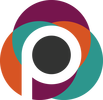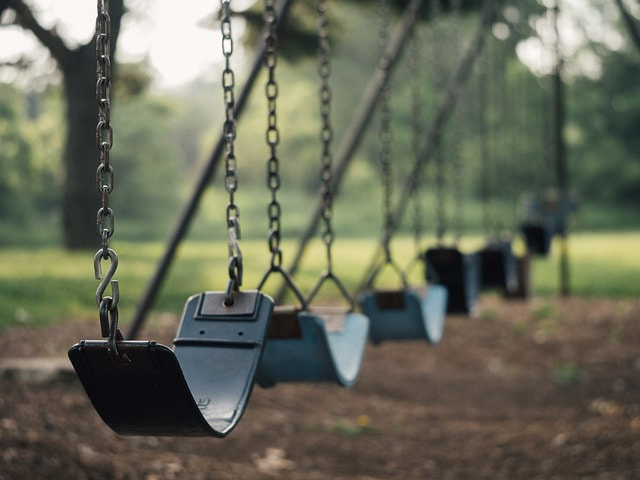|
Public spaces are meant for everyone, but too often not everyone gets to utilize them. Several barriers exist between people and public space. With those barriers in place, public spaces can lack diversity, which is a critical component to making our communities as happy and healthy as possible. To expand diversity in places like parks, plazas, and sidewalks, it is critical to have more public space and increased accessibility in these spaces. Increased Public Space Diversity in public space cannot exist if there is no public space. A person’s race, location, and income all play a role in their access to safe public space to stay active and engage with neighbors and resources. 81 percent of Latino neighborhoods lack recreational spaces such as parks. Low-income areas also lack access to public spaces in many cases. Supplementing these places with parks and green spaces can improve diversity and health for everyone in a community, even if it’s something as small as a parklet. Safety If there’s not a safe way to reach public space, a lack of diversity can arise as well. Phoenix is one of the least safe places in America for pedestrians. Walking, biking, and even driving to public spaces can be hazardous. With better infrastructure – like protected bike lanes, safe shaded walking paths, and accommodations for those living with disabilities – roadways can be safer for everyone. When people feel safer traveling to a public space, they are more likely to spend time in these public spaces. Accessibility and Inclusivity In addition to making current transportation options safer, diversity can also increase with more transportation options. Not everyone has equitable access to transportation. For some without cars, getting to green, public spaces can be extremely difficult. Diversified transportation options can boost connectivity. For people with disabilities, accessibility can pose even more challenges. In public spaces like parks, accessibility comes with stipulations. Under federal law, parks are only required to be reachable for people with disabilities. However, there are often still barriers that prevent them from actually using the equipment. Striving for inclusive spaces is crucial. Not only should people with disabilities be able to reach equipment, they should be able to interact and enjoy it, too. In a world inhabited by people of different cultures, races, lifestyles and more, there need to be places where everyone can come together to stay active, connect with each other, and benefit from the resources offered in their neighborhoods. Diversity in public spaces boosts sense of community, health, and connectivity. With this in mind, we can help our world and public health thrive.
0 Comments
Leave a Reply. |
Pinnacle Prevention BlogFollow our blog for tips, insights and conversations about healthy living. Archives
June 2024
Categories
All
|
Location |
|


